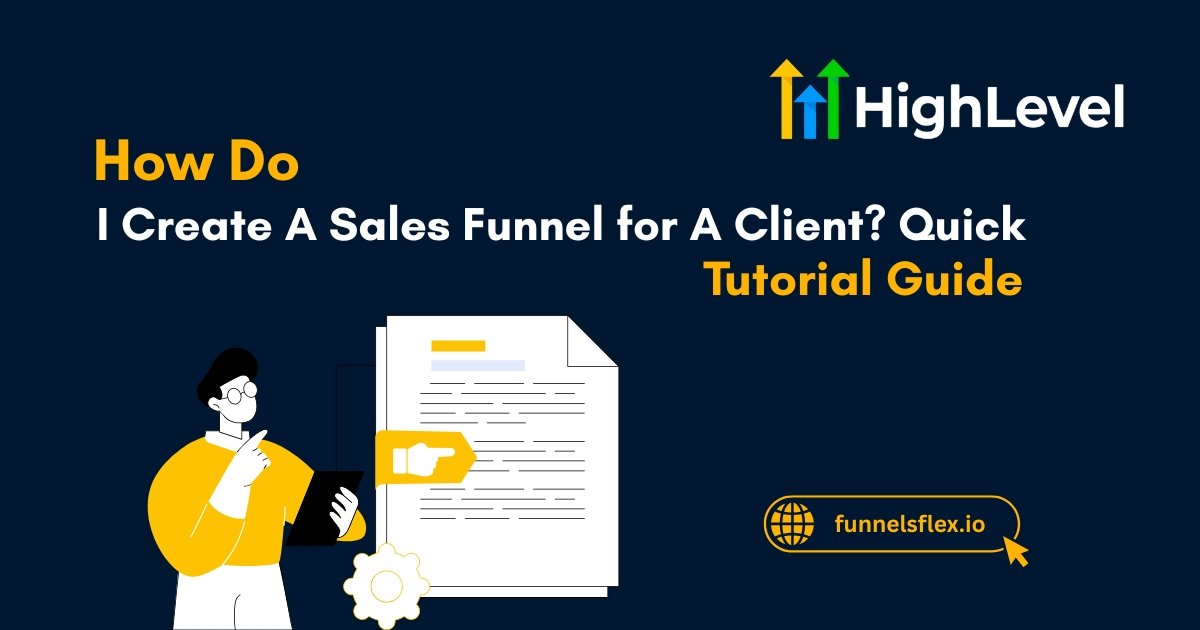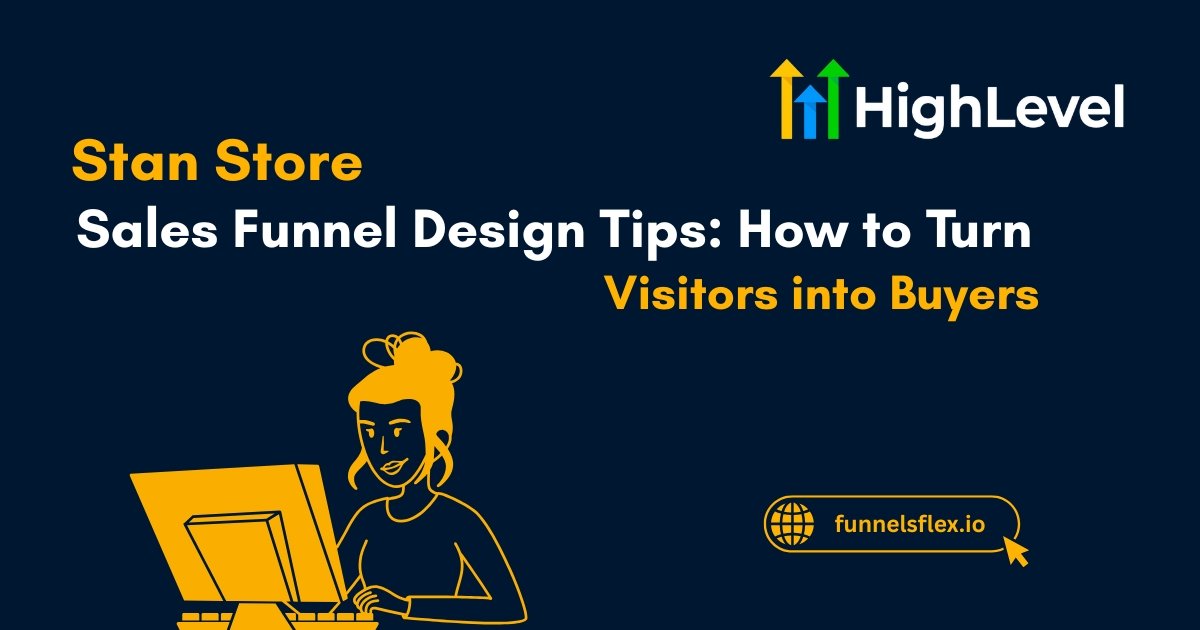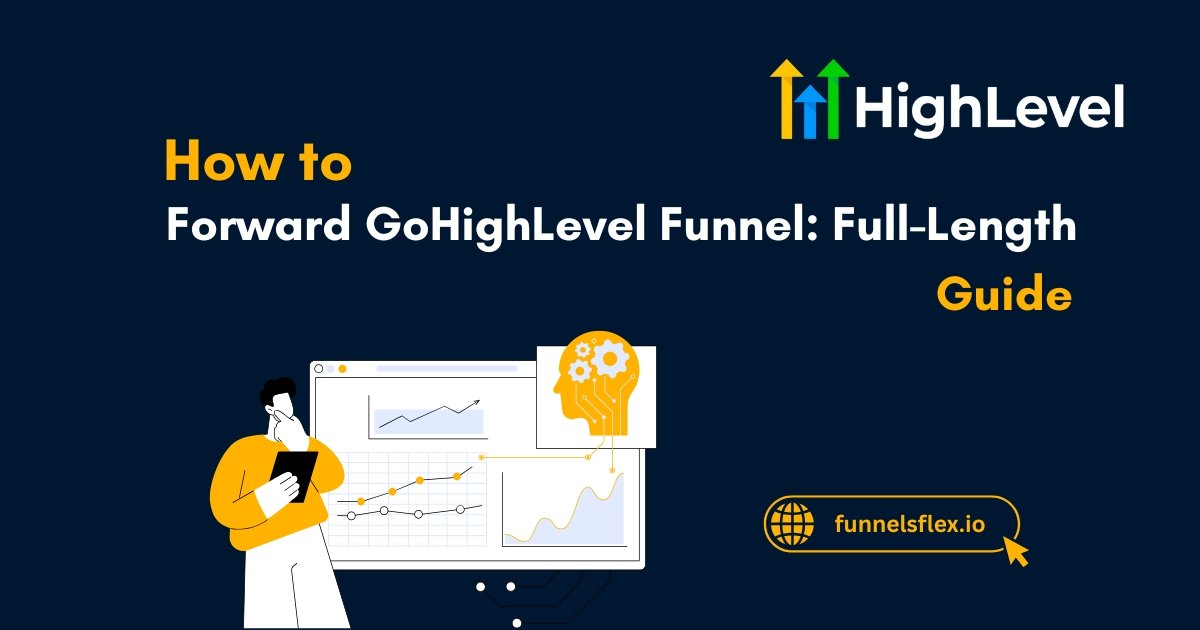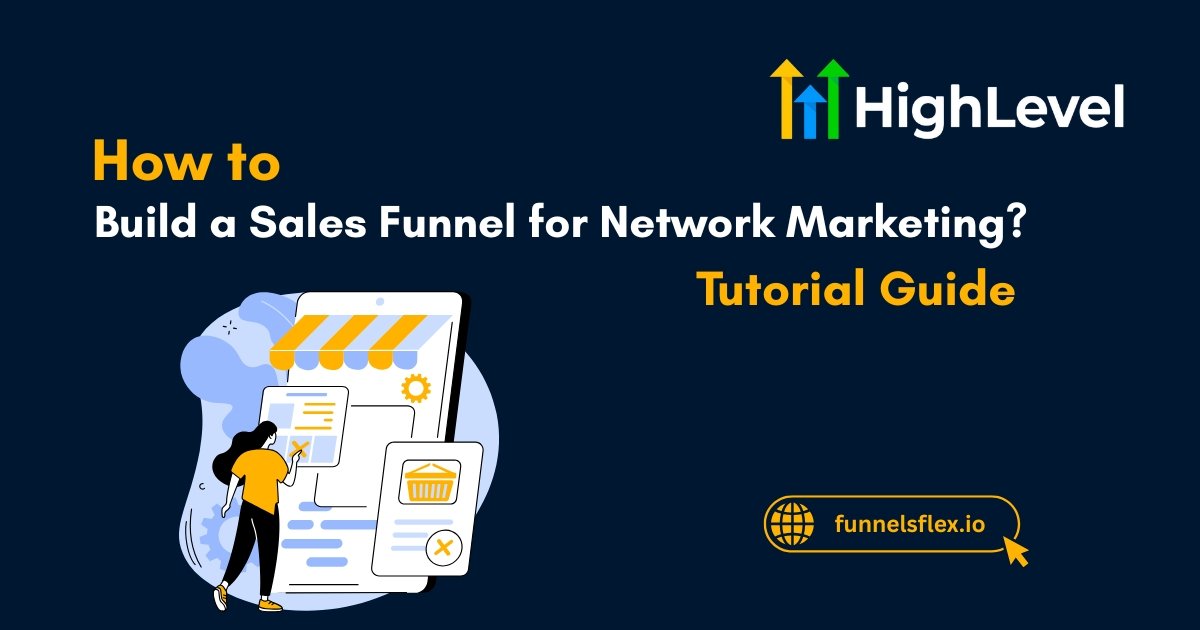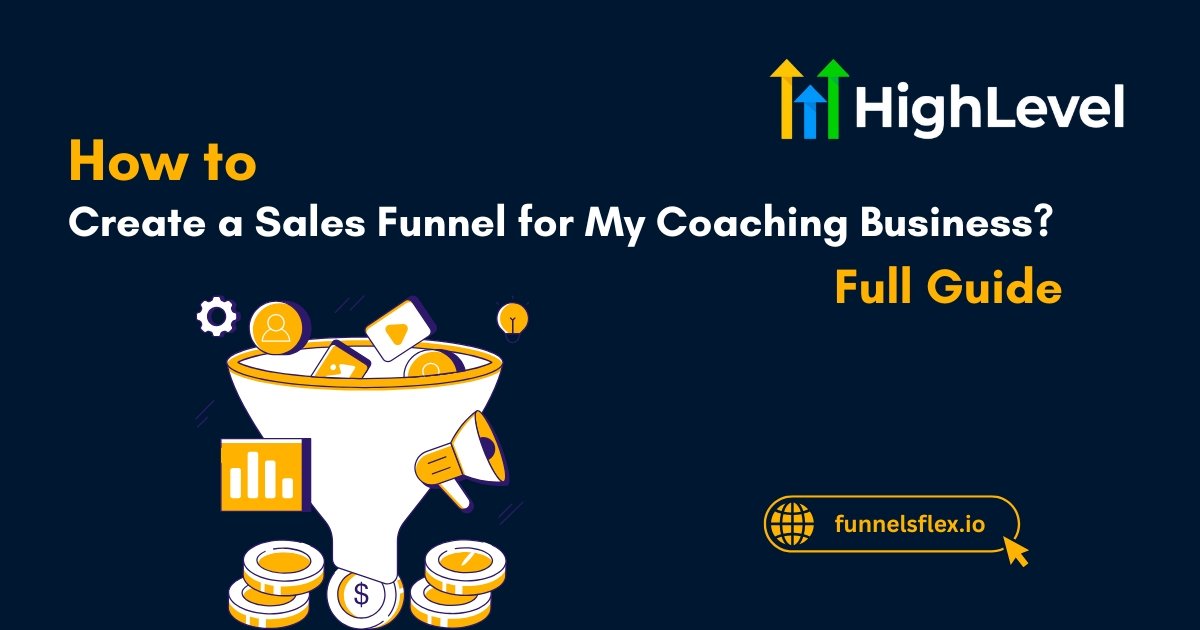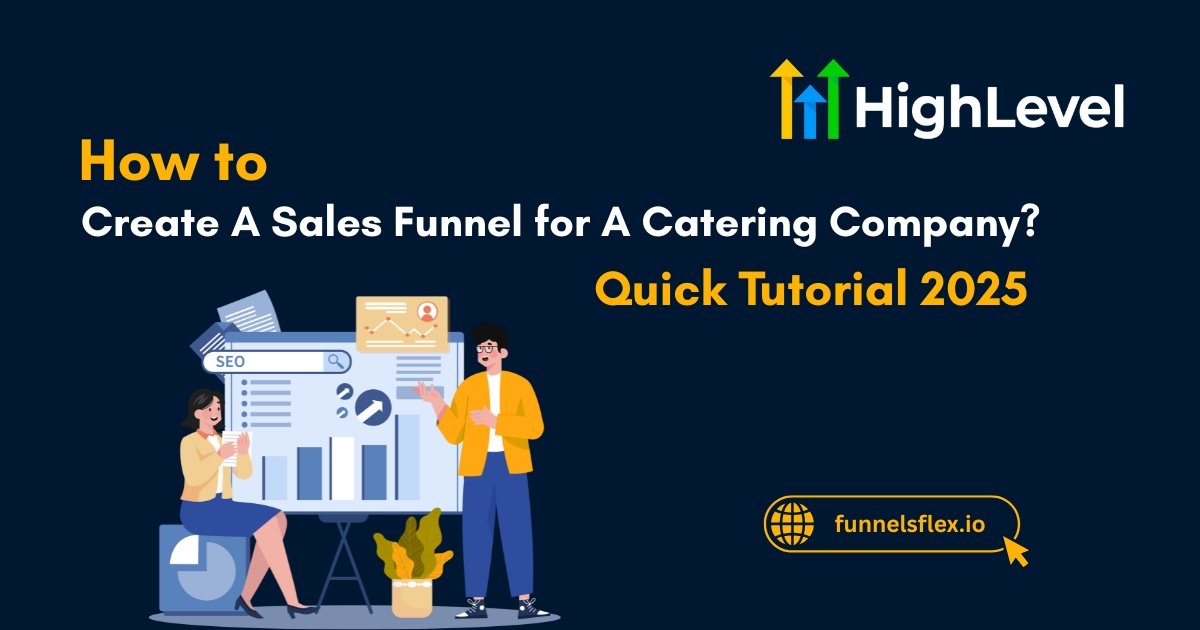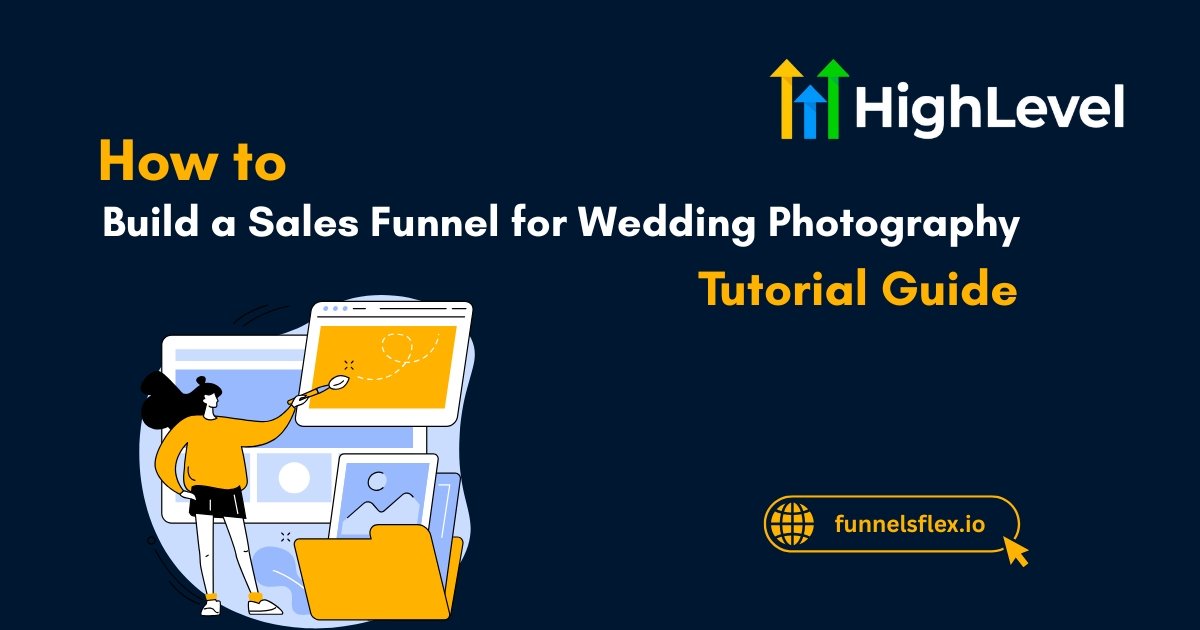How Do I Create A Sales Funnel for A Client? Quick 5-Step Tutorial Guide
Creating a sales funnel for a client is not just building pages. It is building a system. A system that captures attention, warms cold leads, removes objections, creates urgency, and moves people toward a buying decision.
The challenge is not in the setup. The challenge is in the flow. What comes first? What keeps them hooked? What makes them click, trust, and finally, pay?
This guide breaks down each layer of the funnel, showing you how to create a sales funnel for your client that drives conversions, boosts ROI, and keeps clients coming back for more
Key Takeaways
What is costing you more, ads or a bad funnel? Find your fix here!
What is a Sales Funnel?
A sales funnel is a strategic framework that guides the journey of a customer from first contact to final conversion.
It is not just about sales. It is about psychology. The funnel uses behavior, emotion, timing, and logic to remove friction and increase momentum. Whether someone clicks an ad, reads a blog, or joins an email list, the funnel responds with purpose.
Read this: Do You Need Sales Funnel for Ecommerce? Experts Weigh In
Why Do Sales Funnels Matter for a Business?
A sales funnel is not just a pipeline. It is rather the foundation behind how people discover, understand, and decide to buy from a brand.
Businesses that do not use funnels often struggle with lead conversions, while those that embrace them experience consistent growth.
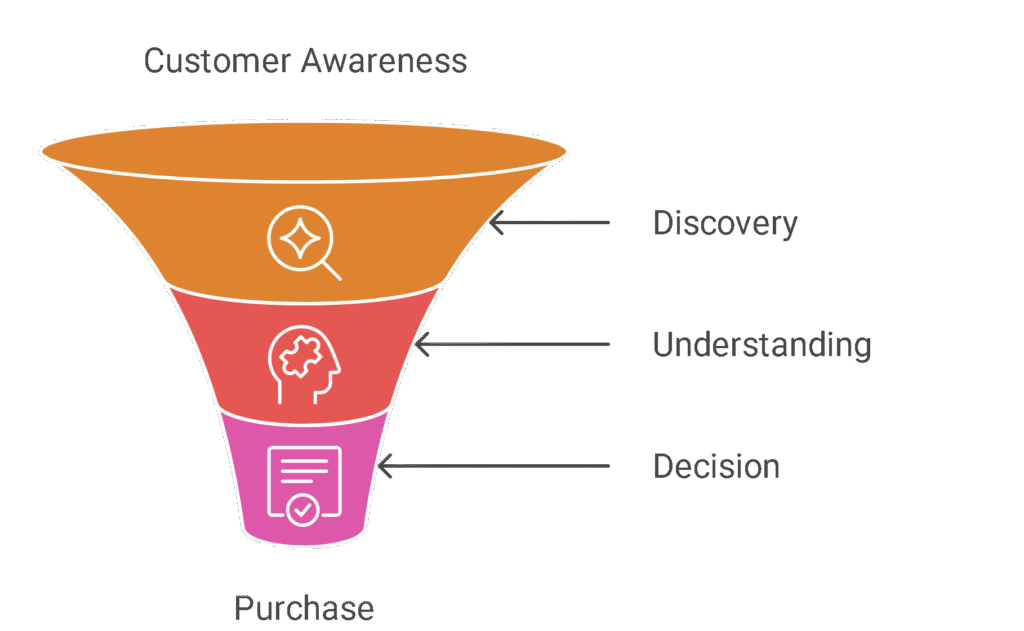
Bleeding sales every day? Your funnel is the leak. Explore winning templates now and start converting without burdening your mind.
Pro Tip
When someone tries to leave your page, hit pause on their exit with an irresistible offer. Offer a freebie, discount, or even a quick video. This last-second move often rescues lost leads without harming your brand’s image.
What are the Key Stages of A Funnel?
A good funnel does not push; it persuades, then proves. Here are the key stages of a well-planned sales funnel:
1. Awareness
This is where the relationship begins. Your prospect sees your brand for the first time—maybe through an ad, a blog, a video, or word of mouth. You are not selling yet. You are introducing. The goal here is visibility, not persuasion. Curiosity is the currency.
Grabbing attention in a noisy world demands relevance and timing. You want the message to feel like it was meant for them, not everyone else. Think top-of-mind value, not product pitches. Be memorable.
2. Interest
Now they lean in. Something you said or showed may have intrigued a reaction. It could be a headline, a solution to their problem, or a bold statement.
People are scanning, evaluating, comparing. Your job? Offer clarity. Build intrigue. Do not rush the sale. Nurture their interest with substance.
3. Consideration
Here, things get serious. The buyer is weighing options. Yours is one of them, but not the only one. They might read reviews, check your pricing, or ask peers for recommendations. Doubts surface. Questions multiply.
At this point, your funnel needs to prove value. Trust signals, testimonials, guarantees—all come into play. Every message should reduce friction and answer an objection. Be clear. Be confident. Be compelling.
4. Decision
Now they are ready to act – or abandon. One wrong move can stall the process. But a strong offer, a time-sensitive nudge, or a powerful story can seal the deal. Urgency and reassurance walk hand in hand here.
Make it easy to say yes. Limit distractions. At this stage, hesitation can kill momentum. Focus wins.
5. Action
They take the leap. Whether they buy, sign up, or schedule a call, this is the moment of conversion. But the funnel does not end here. It evolves. Because real business growth comes from what follows.
This is your chance to delight them. Overdeliver. Confirm they made the right choice. And quietly set the stage for what comes next.
6. Retention and Advocacy
Many businesses stop too early. Smart ones do not. After the sale comes the relationship. Follow-up matters. Onboarding, updates, support, and community keep people engaged.
Happy customers talk. They refer. They buy again. This is where a funnel becomes a flywheel. It spins growth forward without you pushing as hard.
Read this: Do Sales Funnels Work for Electronics Recycling? The Answer Might Surprise You
How to Create an Effective Sales Funnel for a Client
Creating a sales funnel for a client is not a one-size-fits-all job. It involves research, strategy, empathy, and execution. Here is how to build a high-performing funnel for your client:
Understand the Client’s Business and Audience
Before anything else, dig deep into your client’s brand, industry, and customer behavior. What do they sell? Who do they sell it to? Why do people buy from them? These questions guide every decision.
You cannot build a working funnel without knowing the pain points, dreams, fears, and doubts of the target audience. Use interviews, analytics, surveys, and existing customer feedback to understand what moves them.
Map Out the Customer Journey
From the first spark of interest to post-purchase interaction, outline every step. Where do people discover the product or service? What obstacles hold them back? Which touchpoints need content, automation, or a better offer?
A clear funnel map reveals where attention drops and where conversions happen. Visualizing this journey helps build the right messages at the right times in the right places.
Build Funnel Assets Step by Step
Now comes the action. Create lead magnets, landing pages, emails, ad creatives, opt-in forms, sales pages, and checkout processes. Each part should serve a purpose. Do not throw things together.
Use persuasive copy, engaging visuals, and trust-building elements. Every page, form, or sequence should move people forward. Not sideways. Not backward. Forward.
Set Up Automation and Tracking
What gets tracked gets improved. Connect your CRM, email platform, and ad tools to monitor every click, open, and conversion. Automate follow-ups, thank-you emails, cart reminders, and onboarding messages.
Without automation, your funnel depends on manual input. That limits growth. With it, your funnel works while you sleep.
Test, Optimize, and Iterate
No funnel is perfect on day one. You. Split testing and data insights turn good funnels into great ones. Test headlines, buttons, forms, copy, offers, and flows
Additionally, you should keep your client involved. Share wins and gaps, and ask for their suggestions. You are not just a service provider. You are a strategic growth partner. Communicate like one.
68 percent of users drop off before buying. A smarter funnel keeps and persuades them. Get your custom funnel template here.
Pro Tip
Do not blast the same re-targeting ad to everyone. Segment by how far they got like visited a product page, watched a video, or added to cart. Then match your ads with their position in the funnel. It feels personal, relevant, and earns better results every time.


